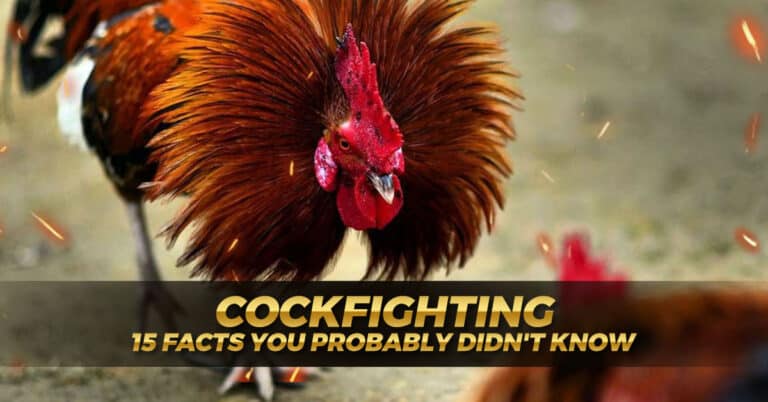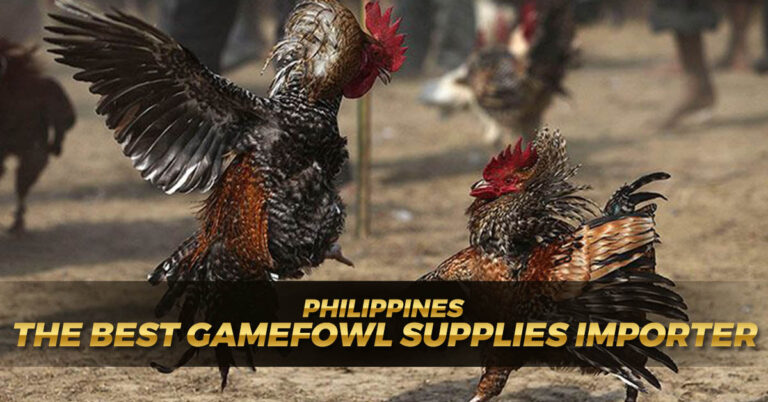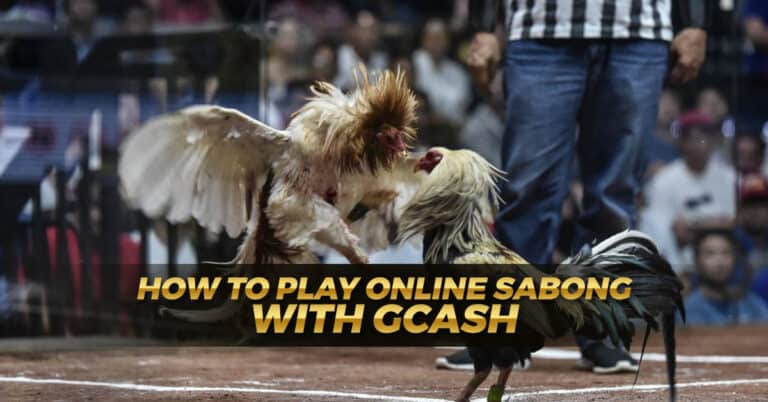Breeding Techniques for Gamefowls
Sabong International provided some pointers on how to successfully breed game birds. You must first have enough room. The first thing you need when planning to breed a distinct gamefowl is space. How many you can produce per season depends on the size of the farm.
Today’s gamefowl breeding is still more of a crapshoot. The rich benefit from the hit-and-miss approach. Till they get a hit, they can afford to miss a lot. Yet information can create an even playing field. If one has a better understanding of the potential outcomes, the number of attempts can be decreased. Results can be more consistent and predictable thanks to science.

Brooding Management Tips
Inbreeding
Gamefowls that are inbred from the same bloodline or a lone brood hen mating with a combative stag. There are numerous approaches available.
- Brother and sister pairings: 25% (intensive inbreeding)
- Mating between half-siblings: 12.5% (moderate inbreeding)
- Uncle and niece; aunt and nephew mating: 12.5% (moderate inbreeding)
- Grandparents and grandchildren mating: 12.5% (moderate inbreeding)
- First cousin mating: -6.3% (mild inbreeding)

It’s important to keep in mind that inbreeding is done to fix genes and produce the best features to your inventory. The hereditary characteristics of the bird are caused by genes in its shape, health, and combat technique.
Inbreeding causes the development of byproducts with recessive gene dominance in poultry and these need to be mercilessly eliminated. The science of genetics is precise, and one only needs to keep meticulous records to identify which features and genes are passed down from various flocks of birds through interbreeding.
Line breeding, the Norman Method
The brood fowls must be line-bred before mating in this approach. Line breeding is the practice of mating two brood fowl together. Also, the breeder “doubles up” the genes of the progeny in each generation. With line-breeding, we aim to create individuals that are, genetically speaking, as similar to the original brood fowl sire as possible. If you raise poultry in your backyard, you likely lack the area necessary for line-breeding large numbers of brood fowl. Just line-breed one brood fowl in this instance. Choose your strongest stag and hen in terms of apparent fowl features, and breed to that person. The line-bred offspring can then be crossed with other brood fowl.
Gamefowl Crossbreeding
Crossbreeding is the result of mating individuals from various bloodlines. If your gamefowl has good gameness but needs improved cutting traits or endurance, this is when you infuse new blood via cross-breeding. This method of breeding is made to blend the positive traits of 2 separate brood fowl bloodlines.
There are three ways to cross-breed gamefowl:
- Straight-cross breeding involves mating two strains. If Ruble Hatch and Black Traveler are crossed because the power-speed balance of the two is preferred, the male offspring will resemble the hens.
- THREE-WAY-CROSS: A family of Kelso hens can be crossed with an even cross, such as a Hatch-Claret, and bred over the Kelso hens if it cuts better in open combat and needs more wallop or power hitting. The offspring from this union will still have the qualities that the Kelso, Claret, and Hatch are known for, as well as the power.
- A four-way cross is created by marrying two straight crosses, much like a Hatch-Claret and a Kelso-Roundhead cross.
Crossbreeding breeders should keep meticulous records to ensure that strong genes are kept within the crossing bloodlines and cull weak birds because crossbreeds or hybrids nearly always pass along their worst genetic qualities.

Out-Breeding
Out-breeding is another breeding strategy that is important to note. Out-breeding is the mating of the same breed of poultry owned by many breeders but kept nearly pure. If you have a strain of Kelso and do not want to inbreed them or if the traits from your matings have reached their maximum, you can buy a Kelso cock from another breeder and breed him over your Kelso hens. These unions will nevertheless give birth to pure Kelso descendants.
Oriental Breeding Grade
Some backyard breeders mix Western gamefowl with local Oriental species. The 1/4 Oriental in a two- or three-way cross is favored by the IVY Method of rating Orientals. To produce hens of the 1/2 grade, just one Oriental cock is required.
Selection and culling are essential to producing native Oriental grades successfully. Choose a gamefowl that could cut and always outdo the competition on every flight. When fought at age two, the native cock you should breed should have grade A-plus, gameness. Because they are simple to train for battle and have high illness resistance, oriental types are worth breeding.
Family mating is a good way to breed chickens
1. Separate your hens into two groups or families based on breeding age. Each family should be composed according to its phenotype. As a result, while the hens in the other family are similar, all the hens in the first family are not. I distinguish between the two groups using colorful leg bands. As an illustration, one family might wear a red leg band and the other a blue one.
2. Start with a cock that is unrelated to my hens while using this approach. This is also where, following my stated objectives, I can try to enhance my flock.

3. You will only breed one family each year. Matriarchal lines will be used to group the families. As an example, I decided to breed the Red Family this year. Both cockerels and pullets will have red leg bands on every hatchling. I’ll use the unrelated cock for the first breeding cycle.
4. Breed only from hens that are as close as possible to the Standard. Here, the entire bird must be taken into account. To make sure I’m keeping my chickens at the right weight, I weigh each hen. Consider that I began with six hens from the Red Family and have now reduced my selection to the top three. Don’t give in to the want to use those others.
5. Repeat the process the next year, but only breed the hens from the other family. Any cockerel from the other family group as well as the original cock, if related, are both options. It will always be red-leg band cocks to blue-leg band hens or blue-leg band cocks to red-leg band hens after this second year. This enables me to practice inbreeding without negatively impacting my flock or thwarting my objectives.
Conclusion
This selective breeding method is simple to keep up with and necessitates little record-keeping. It works best if a healthy group of chicks is hatched each year, followed by a harsh culling. As many eggs as you can sustainably feed and a house should be laid. Keep in mind that brooders are where culling starts. You’ll learn to reject any chick with crooked toes or a beak, or who is listless. Whenever there is an indication of frailty, culling should happen right away. I make an effort to keep three stags and six to ten hens in each household.










